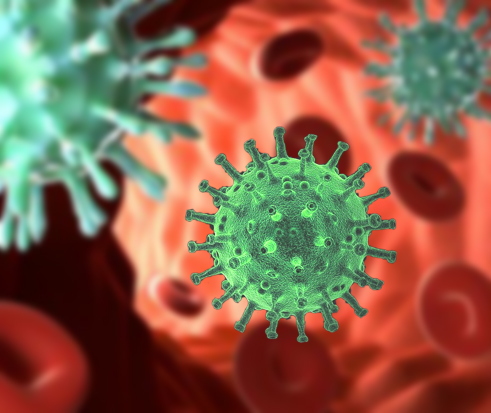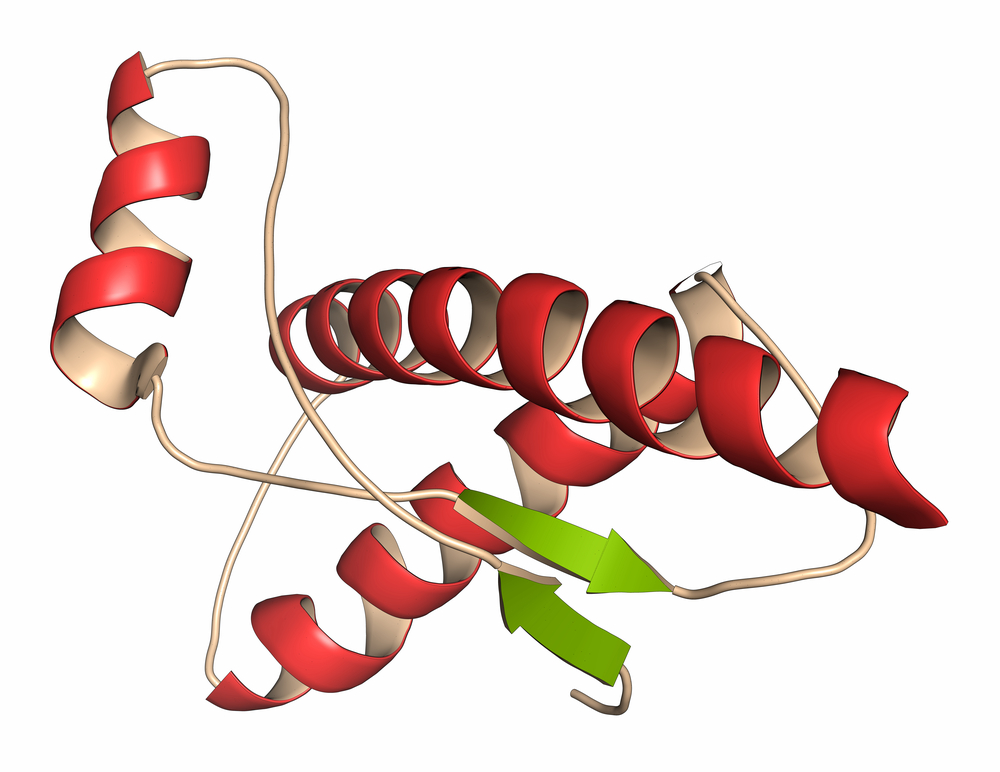
Patients with moderate hemophilia A and B with a severe bleeding phenotype have an increased burden of disease
Patients with moderate hemophilia express varying bleeding phenotypes. To assess the burden of disease in patients with moderate hemophilia and a mild or severe phenotype incorporating the thrombin generation profile. This sub-study of the 6th Hemophilia in the Netherlands study, analyzed data of adults with moderate hemophilia A or B. Patient characteristics and information on […]

Teenagers and Adolescents with Hemophilia–Need for a Specific Approach
Adolescents with hemophilia are a patient population with special requirements, having to manage their condition alongside the typical challenges of adolescence. Given the psychosocial impact of hemophilia and a desire to fit in with non-hemophilic peers, they may perceive treatment as more of a burden than a benefit. This can result in low adherence and […]
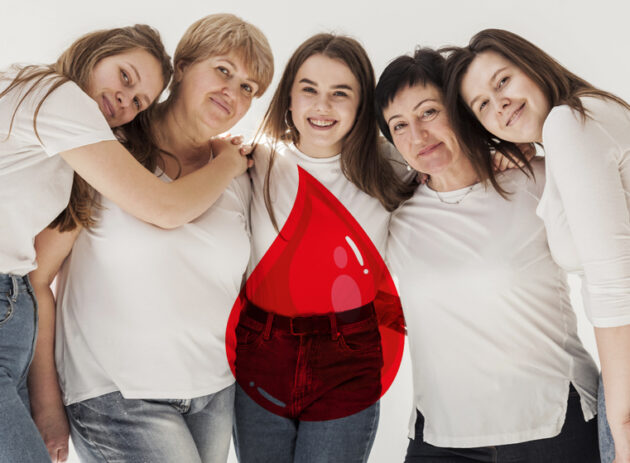
Hemophilia and Other Congenital Coagulopathies in Women
Deficiencies of factor VIII (FVIII)/von Willebrand factor (VWF) or factor IX (FIX) are underappreciated as potential reasons for heavy menstrual bleeding, recurrent nosebleeds, and easy bruising in girls and women. Bleeding is usually not attributed to hemophilia because clinically significant deficiencies in clotting factors VIII and IX are thought to only affect males. While severe hemophilia […]
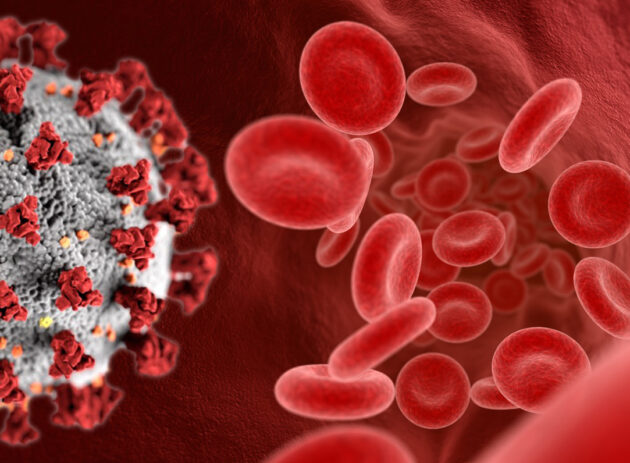
How haemophilia A impacts severe acute respiratory syndrome coronarovirus 2 ( SARS-Cov-2) treatment: a case report
In this article, the authors describe the case of a mild hemophiliac patient suffering from Covid-19 pneumonia, focusing their attention on how the presence of hemophilia affects the management of COVID pneumonia. The typical symptoms of COVID-19 mimic those of the common season flu. In addition, several changes in the coagulation processes have been observed. […]
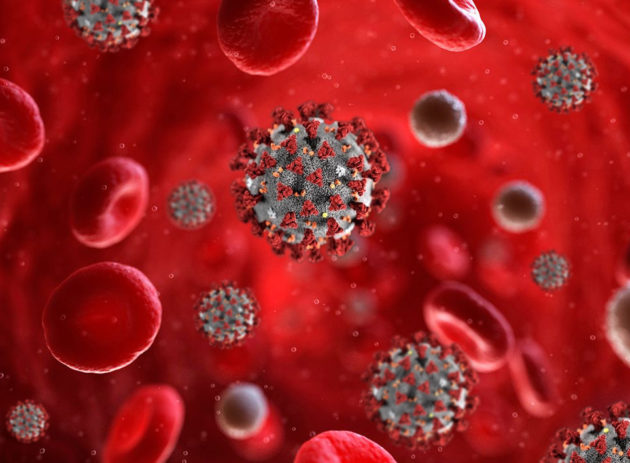
THE IMPACT OF COVID-19 PANDEMIC IN THE HEMOPHILIA COMMUNITY
Cedric Hermans, Alain Weill and Glenn F Pierce have published an article on the impact of COVID-19 pandemic in the hemophilia community (Haemophilia 2020 Apr 4. [Epub ahead of print]). The editorial focuses on the COVID-19 (SARS-COV-2) pandemic as a new global challenge for the hemophilia community. At present, they report, it is impossible to […]

Statement on the second meeting of the International Health Regulations Emergency Committee regarding the outbreak of novel coronavirus (2019-nCoV)
The second meeting of the Emergency Committee convened by the WHO Director-General under the International Health Regulations (IHR) (2005) regarding the outbreak of novel coronavirus 2019 took place on Thursday, 30 January 2020. China quickly identified the virus and shared its sequence, so that other countries are now able to diagnose it quickly and protect […]
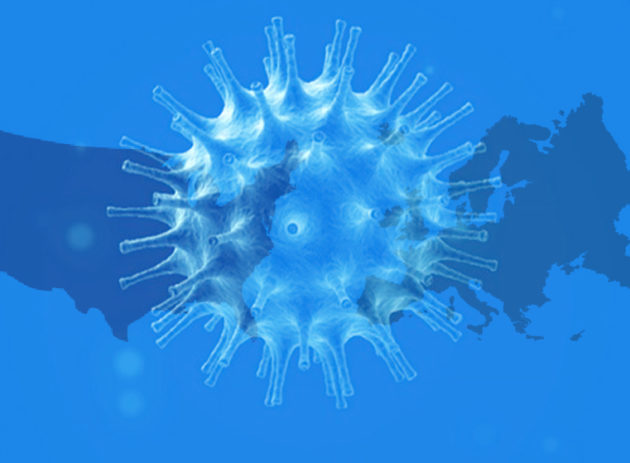
Transmission of 2019-nCoV Infection from asymptomatic contacts in Europe and USA
Testo abstract:Coronavirus (2019-nCoV) from Wuhan is raising concerns in the health care community as the virus is spreading around the world. After being identified in late December 2019, the number of cases of Coronavirus (2019-nCoV) infections imported from China into other countries is increasing and its epidemiology is changing daily basis. In detail, in the […]
12 June 2020
Emerging viral diseases and infectious disease risks
New pathogens and antimicrobial-resistant forms of older pathogens continue to emerge, some with the potential for rapid, global spread and high morbidity and mortality. Pathogens can emerge either through introduction into a new population or when the interaction with the vector changes; emergence is also influenced by microbiological adaptation and change, global travel patterns, domestic […]
16 October 2023
HUMAN IMMUNODEFICIENCY VIRUS, HEPATITIS C VIRUS AND HEPATITIS B VIRUS INCIDENCE IN BLOOD DONORS FROM 2000 TO 2020 IN FRANCE: TRENDS AND LESSONS FROM HAEMOVIGILANCE SURVEILLANCE
Data from 21 years (2000–2020) of haemovigilance were used to assess human immunodeficiency virus (HIV), hepatitis B virus (HBV) and hepatitis C virus (HCV) incidence rates in repeat blood donors and the occurrence of transfusion-transmitted (TT) viral infections. Blood donors who converted for HIV, HCV or HBV markers within serial three-year analysis periods were included. Epidemiological […]
17 January 2018
Epidemiological characteristics of human prion diseases
In the absence of specific therapies for human prion diseases, which are frequently associated with neurodegenerative disorders with fatal outcome, only an active surveillance can be used to monitor and prevent the transmission of such diseases. For this reason, starting from 1993, surveillance systems have been established in many countries. Moreover, there is urgent need […]
27 June 2024
The underevaluated impacts of the therapeutic revolution of hemophilia on women and girls
The advent of new treatment options over the last decades has markedly improved the lives of male persons with hemophilia (PwH). However, this therapeutic revolution has not benefited women and girls with hemophilia (WGH) and symptomatic carriers of the disease to the same extent as their male counterparts. This inequity is primarily due to the […]
26 November 2024
International Society on Thrombosis and Haemostasis clinical practice guideline for treatment of congenital hemophilia A and B based on the Grading of Recommendations Assessment, Development, and Evaluation methodology
Hemophilia is a rare congenital bleeding disorder that results from complete or partial deficiency of blood coagulation factor (F)VIII (hemophilia A) or FIX (hemophilia B) due to pathogenic variants in their coding genes. Hemophilia requires complex management. To date, there is no evidence-based clinical practice guideline on hemophilia treatment based on the Grading of Recommendations […]



